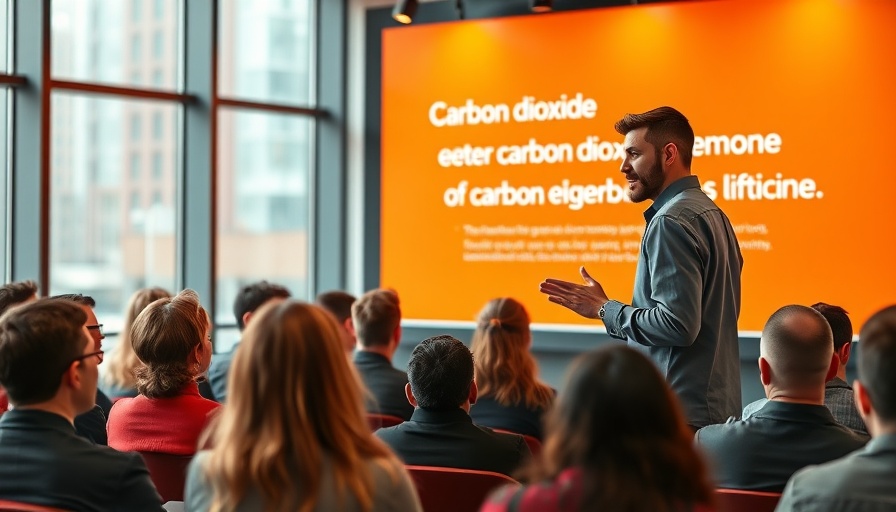
Unpacking the Diversity Crisis in AI
The field of Artificial Intelligence (AI) is increasingly shaping our world, influencing decisions made in hiring, healthcare, law enforcement, and more. Yet, as the tech landscape continues to evolve, there remains a pervasive diversity crisis. According to findings by UNESCO, from 2021 to 2024, the number of women working in AI grew by merely 4%. The underrepresentation of Black and Hispanic individuals is similarly troubling, indicating systemic issues that can bias AI systems.
The Impacts of Underrepresentation
Maya De Los Santos, an Afro-Latina woman with degrees in computer and electrical engineering, represents a small percentage of women entering this highly male-dominated field. As she ventures into pursuing a PhD in human-computer interaction, she emphasizes the importance of not only participating in AI but also of educating marginalized communities about its implications. “This unfairness that exists in society is being replicated in AI, and it’s being trusted without critical thinking,” De Los Santos asserts, illuminating the urgent need for diverse voices in the development of technology.
Recognizing Algorithmic Bias
The risks tied to AI are starkly highlighted by past failures like Amazon’s scrapped AI recruiting tool, which was found to favor male candidates due to the data patterns it was trained on. This incident underscores the fact that AI systems can unintentionally mirror the biases inherent in their creators. When the developers come from a limited range of backgrounds, they are less likely to see different needs or apply AI in varied, inclusive ways.
The Road to Inclusion
The key to creating more inclusive and unbiased AI systems is diversifying the workforce. Tess Posner, CEO of AI4ALL, shares, “When people from a broader range of experiences and backgrounds help shape AI, they’re more likely to ask different questions and apply AI in innovative ways.” This statement emphasizes the crucial role of diversity in identifying real-world needs that AI must address.
Future Trends in AI Diversity
A future where AI solutions are crafted with inclusion in mind is achievable. This can lead to innovations that genuinely reflect society’s diverse makeup, improving the efficacy of AI and mitigating potential biases. Education and community networks play vital roles in achieving this change, bridging gaps that currently exist.
Actionable Insights for Support
Readers interested in facilitating this change can engage in several ways. Supporting organizations that focus on increasing diversity in tech, alongside advocating for educational programs that empower underrepresented groups, are effective ways to contribute to shaping a more equitable tech landscape. Embracing eco-friendly practices that also encompass ethical consumerism and fair trade can further our collective pursuit of sustainable technologies.
Why This Matters to the Eco-Conscious Reader
As we delve deeper into topics like carbon footprints and ethical sourcing, it becomes clear that technology and sustainability are intertwined. Creating a tech industry that champions diversity not only promotes ethical practices but also encourages advancements in areas such as renewable resources and sustainable development.
The impending shift toward a more inclusive approach in AI is vital for fostering a future where technology serves all communities fairly and equitably. It’s about more than just bias; it's also about social responsibility and the ecological impact of our technological choices.
 Add Row
Add Row  Add
Add 



Write A Comment